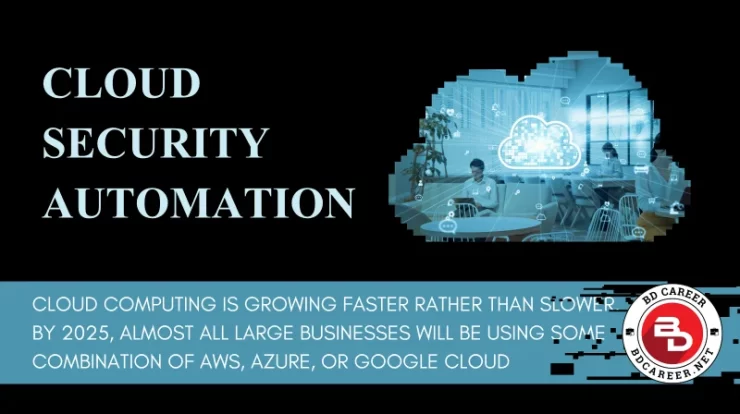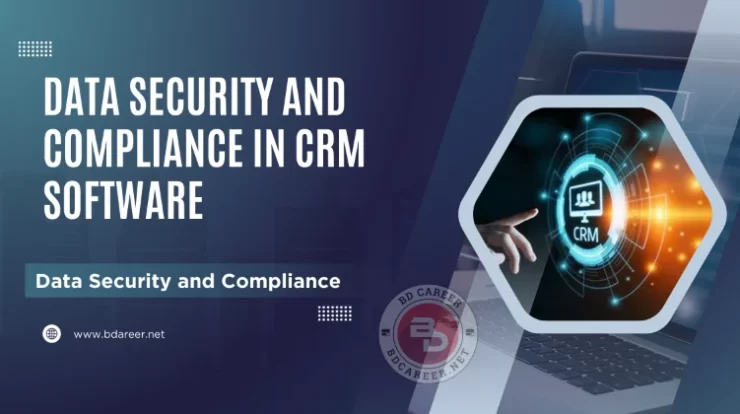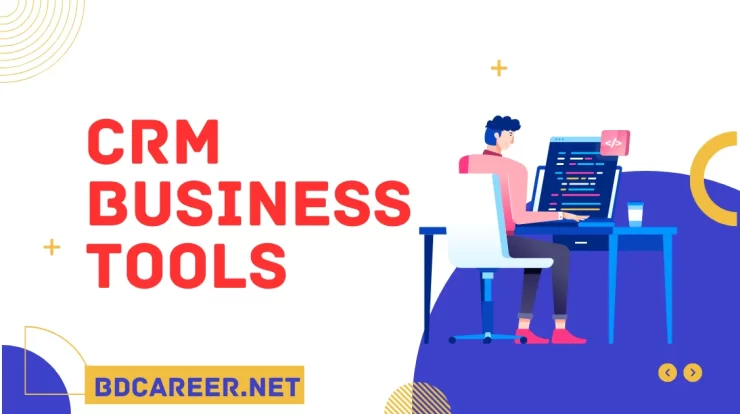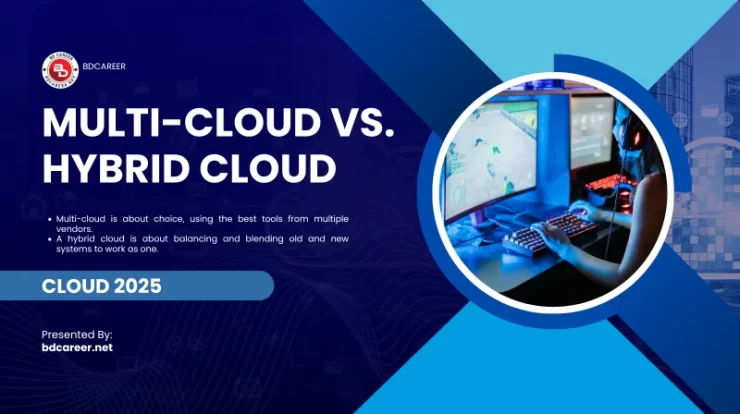
A decade ago, most companies had one simple question: Should we move to the cloud? Now the question’s evolved, and which cloud? How many? And how do we make them work together without losing our minds?
What used to be a straightforward migration has turned into a tangled web of architectures, APIs, and acronyms. Enter the debate, multi-cloud vs. hybrid cloud. Both promise flexibility, scalability, and cost efficiency. Both sound modern and smart. But beneath the buzzwords lie very different strategies and very real consequences for global businesses.
Today, cloud strategies aren’t just technical choices. They’re business philosophies. And to see what those philosophies look like in the real world, let’s dive into how companies like Netflix, JPMorgan Chase, and BMW are putting these cloud approaches to work and what we can learn from them.
Contents
Defining the Cloud Architectures
Before we get lost in examples, let’s get clear on the basics.
Multi-cloud means using multiple public cloud providers, say, AWS for your compute needs, Google Cloud for analytics, and Azure for AI. It’s like renting apartments in three different cities because each one has something unique: better pricing, proximity to customers, or specialised features. The goal? Avoid vendor lock-in, optimise for performance, and keep negotiating leverage.
Hybrid cloud, on the other hand, combines private infrastructure (data centres or private cloud environments) with public clouds. It’s like owning a house but occasionally staying in hotels when you travel. You control sensitive workloads privately while taking advantage of the scalability and innovation of public platforms. Hybrid setups are often driven by compliance, legacy systems, or security concerns.
Here’s a simple metaphor:
- Multi-cloud is about choice, using the best tools from multiple vendors.
- A hybrid cloud is about balancing and blending old and new systems to work as one.
Most enterprises today use some version of both, though one typically takes the lead.
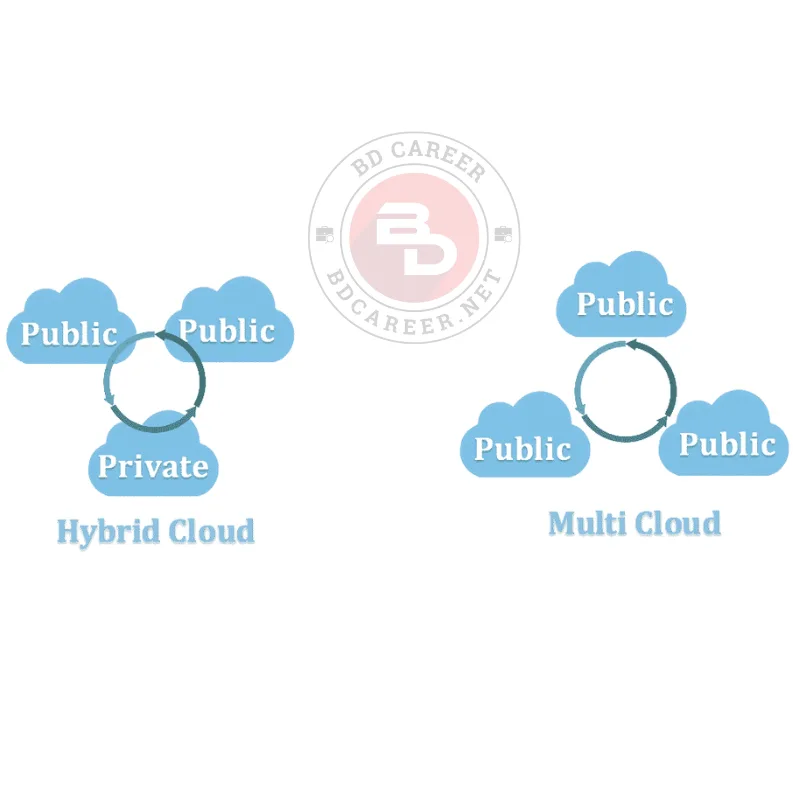
Why Enterprises Choose One Over the Other
For big companies, cloud strategy isn’t just about technology. It’s about risk, regulation, and resilience.
Multi-cloud appeals to businesses that crave agility and independence. By spreading workloads across providers, they minimise the fallout if one cloud goes down (and yes, that happens). They also avoid the infamous vendor lock-in trap, where switching costs make it painful to move away from a single provider. It’s a power play, a way to keep the giants like AWS and Azure honest on pricing and performance.
Hybrid cloud, by contrast, attracts organisations bound by data rules or legacy infrastructure. Banks, healthcare firms, and government agencies cannot simply dump decades of sensitive data onto public servers. They need the control of a private environment, but also the elasticity of public cloud for newer apps and services. Hybrid offers that middle ground.
Gartner’s 2024 research estimated that over 70% of large enterprises now operate with both hybrid and multi-cloud elements, proving that the lines are blurring fast.
In essence, multi-cloud is about where you run workloads. Hybrid cloud is about how they interact.
Case Study 1: Netflix Multi-Cloud Mastery
Netflix primarily runs on Amazon Web Services (AWS) for its content delivery and infrastructure. But that’s not the full story. Behind the scenes, it leverages Google Cloud for analytics and machine learning workloads, analysing petabytes of viewing data to predict what you’ll binge next. Meanwhile, Microsoft Azure plays a supporting role in disaster recovery and certain regional operations.
This multi-cloud design isn’t about indecision, and it’s about optimisation. Each platform brings something Netflix can’t get elsewhere.
The authentic secret sauce, though, is Spinnaker, Netflix’s open-source continuous delivery platform. It acts like a universal translator, allowing teams to deploy and manage apps across multiple clouds seamlessly. That means no single provider has Netflix trapped, and resilience stays sky-high even if one system goes dark.
The lesson? Multi-cloud success demands automation. Without orchestration tools like Spinnaker, Terraform, or Kubernetes, juggling multiple clouds is a recipe for chaos.

Case Study 2: JPMorgan Chase Hybrid Cloud for Compliance and Control
If Netflix’s cloud strategy is about freedom, JPMorgan Chase’s is about control. In the banking world, data isn’t just valuable, it’s sacred. Regulations like GDPR and PCI DSS mean not all workloads can live in public clouds. For JPMorgan, a hybrid model became the only logical path.
The company operates a private cloud for its core banking systems, ensuring sensitive transactions and records never leave its secure environments. Meanwhile, AWS and Azure handle less sensitive workloads, like customer engagement platforms and analytics dashboards.
This setup lets JPMorgan balance agility with governance. It can innovate faster on the public side while keeping its most guarded assets locked down. The bank has even built its own internal cloud platform, a kind of “bank-grade AWS” to give developers the speed they crave without compromising compliance.
Their takeaway? Hybrid cloud isn’t a compromise. It’s a custom fit. It lets legacy institutions modernise responsibly while staying within the guardrails of strict regulation.
Case Study 3: BMW Group The Best of Both Worlds
BMW’s cloud strategy reads like a masterclass in orchestration. The German automaker doesn’t just sell cars; it operates a vast global network of factories, suppliers, and connected vehicles, all generating massive streams of data.
BMW runs a hybrid architecture to connect its on-premises manufacturing systems (robotics, quality control, logistics) with cloud-based analytics and AI. But it also uses a multi-cloud strategy tapping AWS, Azure, and Google Cloud, depending on geography and workload.
For instance, Azure powers parts of BMW’s internal IT operations, while AWS supports connected car services and data-driven manufacturing. Google Cloud steps in to provide AI-driven analytics and image recognition for production lines.
The result? BMW can scale analytics globally while ensuring factory systems stay tightly integrated and secure. The company even co-founded the Open Manufacturing Platform with Microsoft, an initiative designed to help industrial firms standardise cloud connectivity. The big takeaway here is that multi-cloud and hybrid aren’t opposites, and they’re complementary layers. BMW shows how a mature enterprise can blend both for maximum performance and flexibility.

The Management Layer: Tools, Talent, and Turbulence
Now, let’s be honest: all this sounds great until you try managing it. Running one cloud efficiently is hard enough. Running three or more private infrastructures is like conducting an orchestra, where each musician plays from a different score.
That’s why management and orchestration layers have become the unsung heroes of modern cloud strategies. Tools like Terraform, Kubernetes, Anthos, Azure Arc, and VMware Cloud help unify control across environments. They give IT teams visibility into costs, compliance, and performance, no matter where workloads live.
Still, challenges abound:
- The costly sprawl of moving data between clouds can be expensive, and surprise bills can occur quickly.
- Skill shortages of engineers fluent in multiple cloud platforms are rare and costly.
- Security fragmentation, each provider has its own policies and vulnerabilities.
To stay sane, many enterprises now rely on FinOps (financial operations for cloud) and AIOps (AI for IT operations) disciplines designed to automate cost management and performance tuning.
The trend is clear: companies aren’t choosing the cloud. They’re learning how to orchestrate many.
Conclusion
At the end of the day, there’s no universal playbook for cloud success. Netflix’s multi-cloud brilliance wouldn’t fit JPMorgan’s world of regulation. BMW’s hybrid-plus-multi-fusion works because of its global footprint and technological maturity. The real takeaway? It’s not about choosing between multi-cloud and hybrid. It’s about intentionally designing your own mix.
Cloud strategy has become a mirror of corporate identity. Risk-takers chase agility with multi-cloud freedom. Cautious innovators lean on a hybrid discipline. Most find themselves somewhere in between experimenting, learning, and adjusting.
What matters most is orchestration, making sure all these moving parts serve the business, not the other way around. Because the cloud isn’t a destination anymore; it’s an ecosystem. And in that ecosystem, flexibility is power, but governance is peace of mind.

